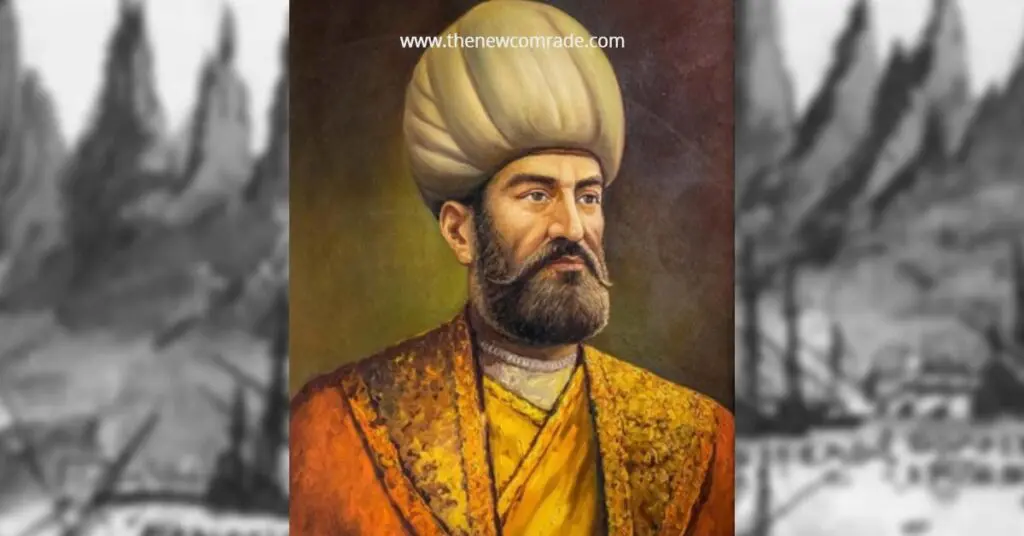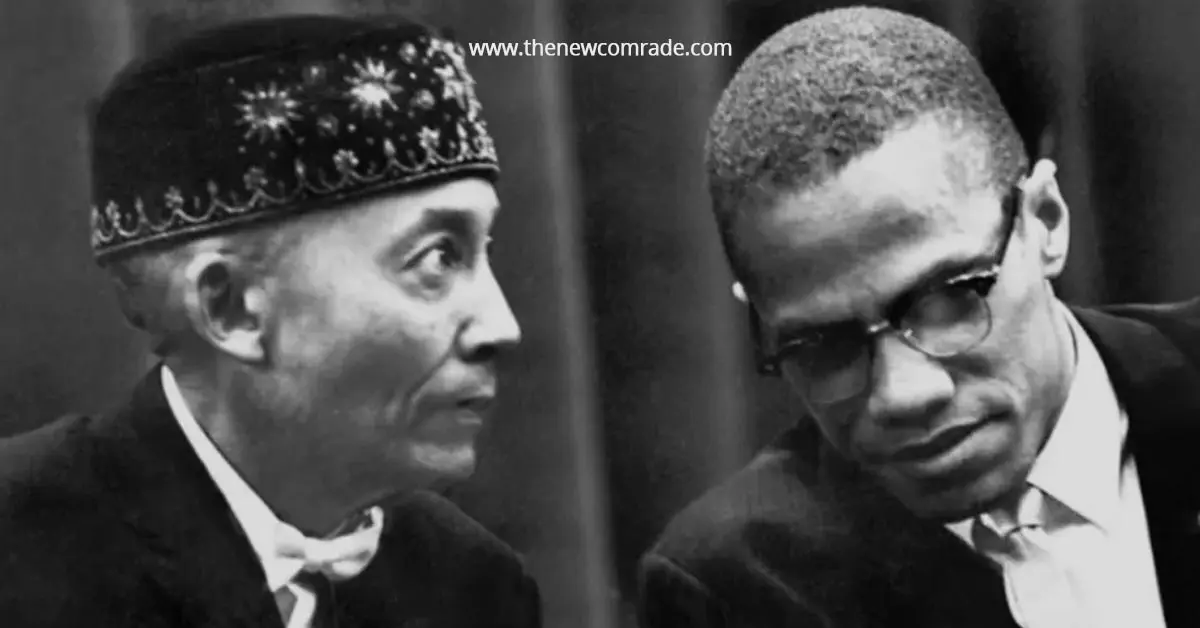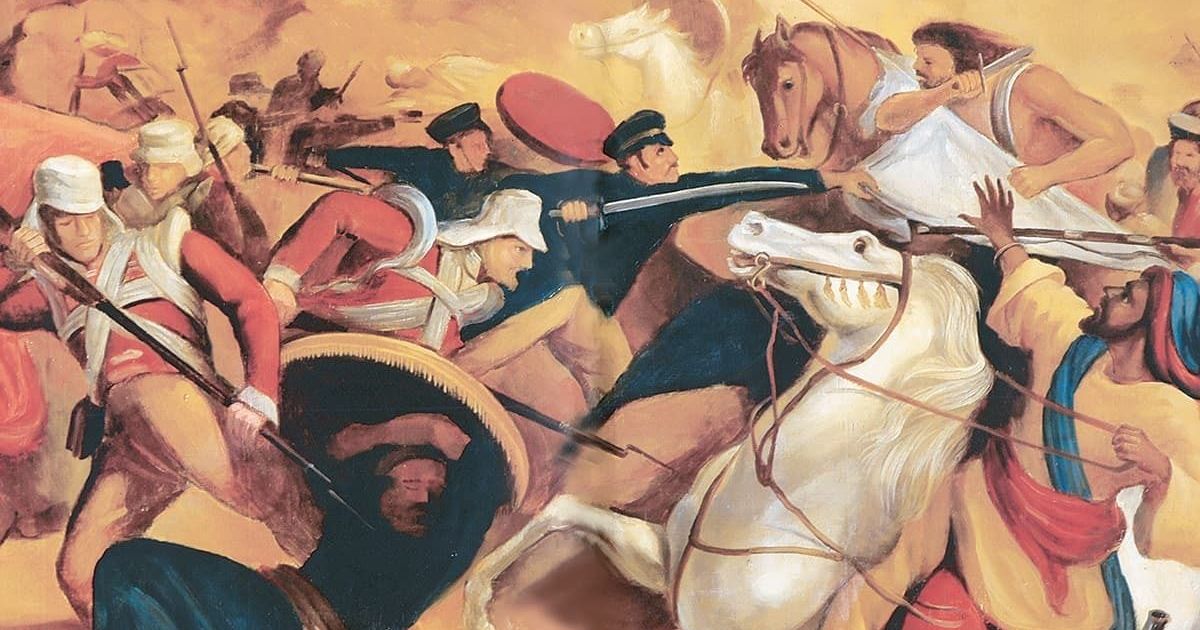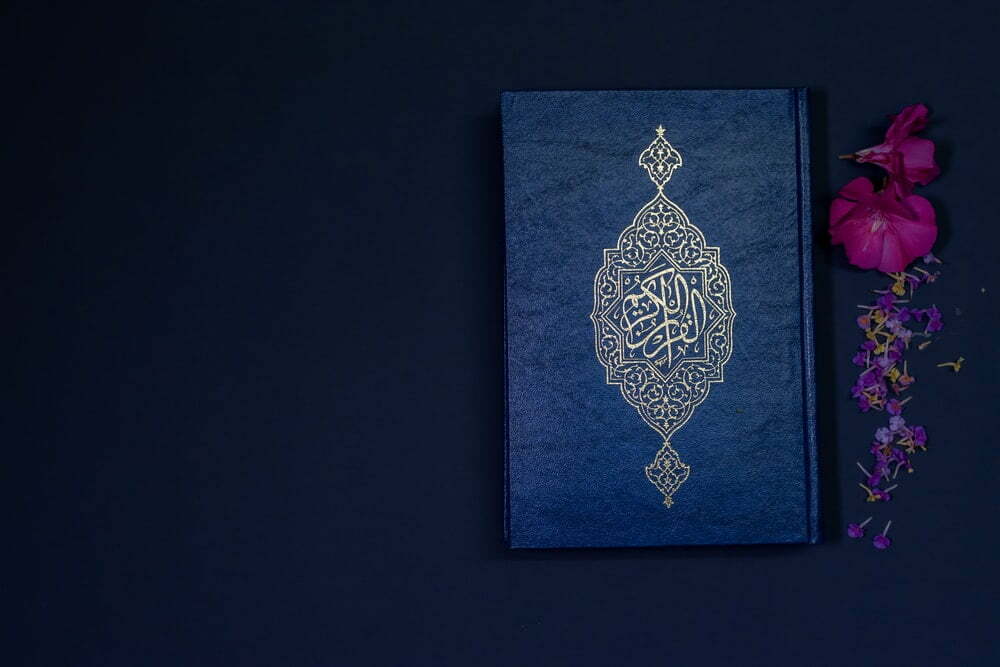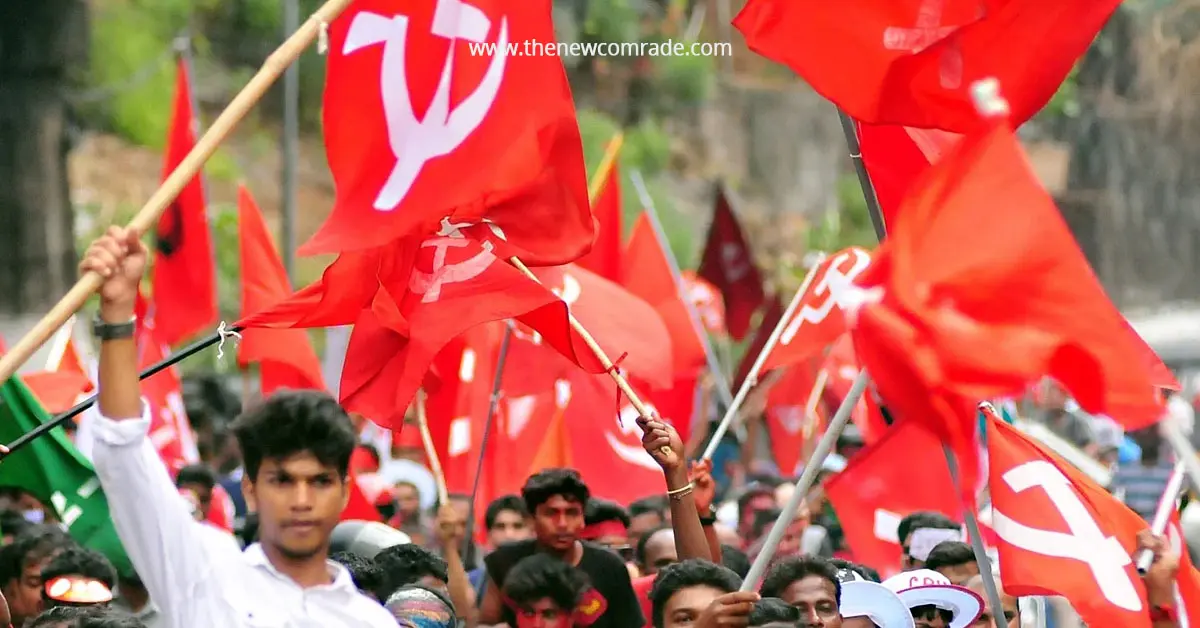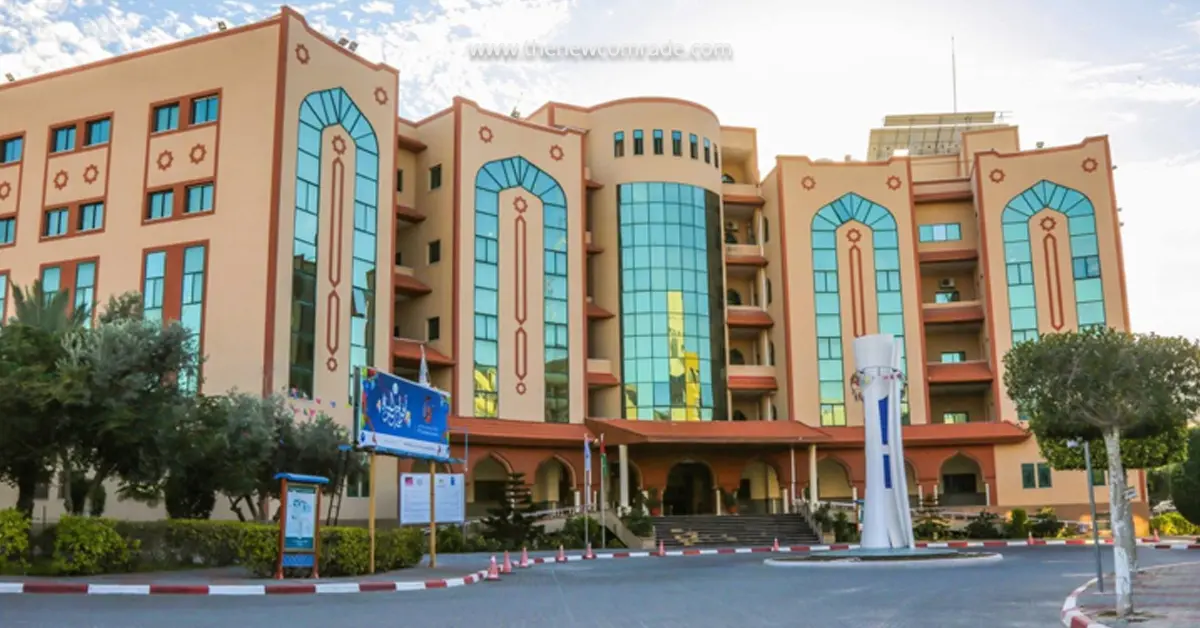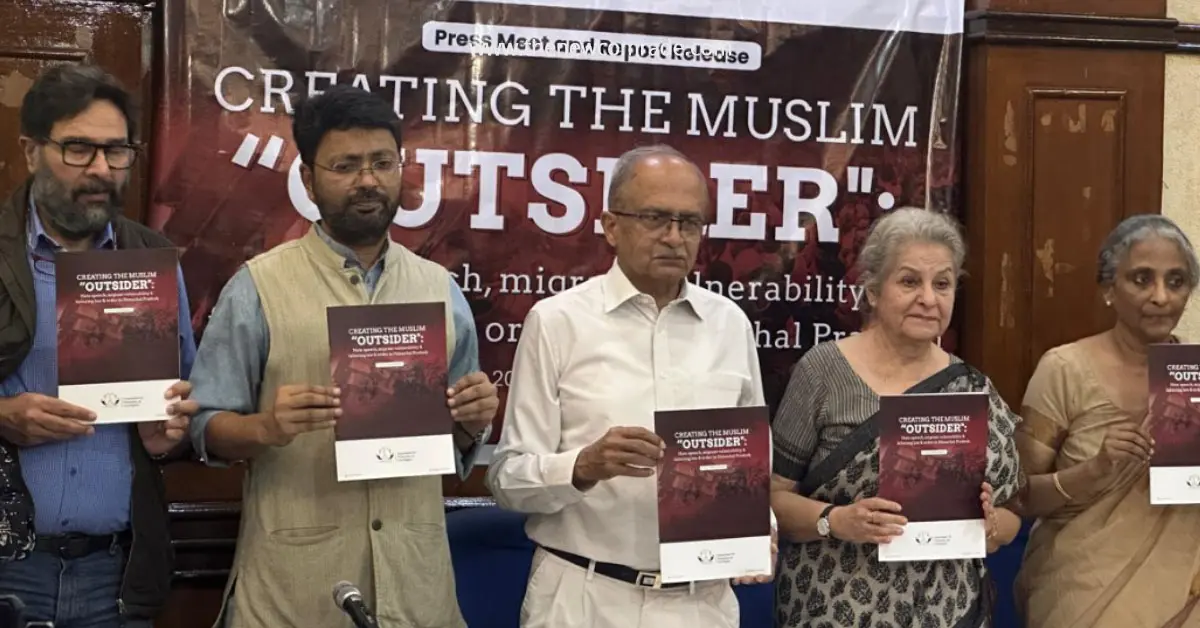Sayed Ali Reis was an Ottoman admiral of the sixteenth century CE, also known as ‘Katib i Rumi’. He was also an author who contributed to astronomy, philosophy, and navigational sciences. He is much celebrated for his important and early work in Ottoman travel literature, viz. “Miraat-ul-Memalik.”
He had taken part in many expeditions in the era of Süleyman the Magnificent. During this time, colonial invasions of the Portuguese had gripped Indian Ocean. Their interventions in South Asia had alarmed Muslims, and more so the same in Arabian coast, where protection from outside invasion was a very serious religious as well as political concern.
Following a disastrous defeat of Ottoman navy at Basrah, Süleyman was forced to remove the chief navigator and cartographer, Muhyiddin Piri Reis, from his position. Piri Reis, tasked with reclaiming Hormuz Island from the Portuguese[1], was badly defeated in a critical sea battle. This loss, coupled with courtly intrigue and whispers of personal cowardice, ultimately led to his downfall. Accused of fleeing the battle to safeguard himself and the great treasure he accumulated from his long warfare in the sea[2], Piri Reis was condemned by Sulaiman and beheaded.
Following this episode, in 1553, Sidi Ali Reis was nominated to lead next expedition and return those galleys to Egypt. Fate seemed to haunt Sidi Ali as well – he too was intercepted by Portuguese fleets on his way through Arabian Gulf.[3]
In Miraat-ul-Memalik, narration of his travels about the Indian Ocean is highly focussed. On his way to Istanbul, he was forced to choose land routes as he was rerouted. He escaped[4], passing through Indian shores, Central Asia, and West Asia.
His travelogue has chronicled geopolitical scenario of his time — events that became milestones of changes in Indian Ocean and West Asia, notably Portuguese aggression in those regions and Russian expansion in the Eurasian steppes[5].
Fil e Tufani
Prior to his expedition to Indian Ocean, Sayed Ali Reis had led fleets and had experience sailing under the most successful Ottoman naval admiral, Hyreddin Barbarossa. He took part in the conquest of Rhodes in 1522 and, by the 1530s, commanded Ottoman operations at Prevesa against Andrea Doria and his “Holy fleet”. He was then appointed chief of arsenal in Istanbul and Mediterranean fleet[6].
In addition to accounts of his losses in the sea, details of his struggles with oceanic conditions and storms could also be found in his writings.
After the heavy loss in battle with the Portuguese, Sidi Ali Reis’ fleet was dragged into a ferocious elephant storm that blackened the atmosphere for ten days. This treacherous weather battered ships relentlessly until they reached two miles off Daman in Gujarat, where sky began to clear.[7]
Fil e tufani (elephant storm) took them as far to the east as Gwadar in Balochistan and left them with only nine galleys, which had struck in another frightening tempest, that carried them to Diu.[8]
Depicting those moments of havoc, Ali Reis compared storms of Arabian Sea with those of the West Mediterranean. He described Mediterranean storms as mere child’s play compared to those ones.[9]
Land of trees and turbulence:
Sayed Ali Reis, during a period when Gujarat was partly under Muslim rule, decided to seek refuge on its shores. This decision stemmed from the impracticality of returning to Egypt via Red Sea. In Gujarat, he saw a more favourable opportunity to obtain supplies, repair his ships, and even build some additional ships.[10]
He writes, “… sails were drawn in, a little more; we passed Formyan (Porbandar) and Mengalir (Mangalore), directing our course towards Somenat (Somnath). We passed by that place also. Finally, we came to Div (Diu), but for fear of disbelievers (hostile pagan Rajputs) that dwell there, we further drew in our sails and continued on our course for serderma (perhaps Surat, known to be under Muslim control).[11]“
Arab and Egyptian fleets found solace in Surat, a Muslim-majority region under the firm control of a Muslim governor. In the backdrop of prevalent tensions around, arrival of an Ottoman fleet was greeted there with immense joy.
Assassination of ruler of Gujarat by the Portuguese, viz. Bahadur Khan, created a power vacuum. A rebellious noble viz. Nasir-ul-Mulk went over to collude with Portuguese. This alliance intensified persecution of people.[12] Nasiruddin became a threat to the life of Reis, attempting to murder him twice.
Nature of the land surprised Reis, especially its flora and fauna. On their way back to Ahmedabad, after their terrible ordeal, the Ottoman party was grateful for the quiet night and shadows. They observed a variety of animal species uncommon in their native lands, including parrots and monkeys. “… from one tree, ten to twenty new ones sprung up. This is the Tobi tree. Over a thousand (?) people could find shelter under its shade. Besides these, we saw several Zokum trees. Parrots were plentiful. As for monkeys, thousands of them made their appearance in our camp every evening[13].
Sayed Ali Reis claimed that a beverage was derived from sap of coconut palms. He explains various methods used by locals to extract and brew wine from palms.
The problem of Nasir-ul-Mulk had become a headache for Ahmed Shah III of Ahmedabad. Using the help of 200 gunmen from the army of Sidi, he tried to suppress the rebels in Buruj (in Konkan). Sidi Ali Reis had already helped Governor of Daman, Malik Asad, with some cannons[14].
Ottoman soldiers were regarded as gun specialists. They were typically used as artillery soldiers. This was one of the factors that made the admiral’s party popular with local rulers and sought to win their support [15].
Ali Reis gives some ethnographic information about Gujarat, mentioning some social groups like Banias, Brahmins, Rajputs, and tribe of ‘Bhats’. In his account, he mentions encounters of both hostility and assistance from different groups. Some pagan Rajputs harboured animosity towards him and his companions, while other Brahmin communities provided them with valuable assistance and safe passage. Interestingly, he highlights the pagan custom of Sati while contrasting it with the absence of such a practice in Muslim areas, indicating that women were not forced to adhere to it.[16]
Humayun and Mughal court
Throughout his journey from Egypt to Delhi, Ali Reis was given tremendous respect in the name of the Ottoman state – the same was true in the court of the Mughals. Three months after restoration of Babur’s inheritance, Humayun welcomed the admiral warmly in 1556.
The first unofficial Ottoman ambassador to the Mughal court was compelled to stay with the Sultan to teach him how to calculate solar and lunar eclipses and other astronomical matters. In response to the honour he had given in bouquets, troops to greet him, and a reception with the Khan-i Khanan (commander-in-chief of army), Sayed Ali Reis gifted him a chronogram and two ghazals.
This voyage introduced works of Indo-Persian poets to the Ottoman state[17]. Ali Reis had already impressed Humayun and Bairam Khan with his ghazals in the style of Khusraw and gained an audience and appreciation[18]. Generous treatment of Humayun and the Mughal court reflected that the unstable Mughal rulers sought good relations with the Ottoman state[19].
The voyage was a diplomatic success. Rulers he visited and the people he came across pledged loyalty to Ottoman state; even captains of Samiri (Zamorins) of Calicut in Malabar, assured devotion of their chief to Ottoman state.
Along with the revenue collection assignment offered to the admiral and other honours, Humayun and Ali Reis spent much time in casual talking and discussions about both states. Reis writes :
<< In a word, poetic discussions were order of the day. I was constantly in presence of the ruler. One day he asked me whether Turkey was larger than India. I said: “If by Turkey your Majesty means Rum proper, i.e., the province of Siwas, then India is decidedly the larger, but if by Turkey you mean all lands subject to ruler of Rum, India is not by a tenth part as large.” “I mean the entire Empire.” “Then, “I said,” it appears to me, your Majesty, that the seven regions over which Iskender (i.e., Alexander the Great) had dominion were identical with the present Empire of Padshah of Turkey; it is therefore an utter impossibility for any man to visit and govern all these lands in person. Perhaps he only owned a portion of each of these regions (Iklim), in the same way as the Padshah of Turkey does.” “But has the ruler of Turkey possessions in all these regions?” asked Humayun. “Yes, certainly,” I replied, “the first is Yemen, the second is Makkah, the third is Egypt, the fourth is Aleppo, the fifth is Istanbul, the sixth is Kaffa, and the seventh is Ofen and Vienna. In each of these regions, Padshah appoints his Beglerbeg and Qadi, who rules and governs in his name[20].
Ali Reis mentions about an occasion of uncertainty that prevailed in the Mughal court upon the demise of Humayun, while his successor Akbar was far away from the capital.
He guided them on handling the situation with wisdom, as Pīrī Reis did when Sultan Selim I had died. In order to prevent chaos, Humayun’s death was kept confidential until the arrival of Akbar. To further the deception, a man named Molla Bi, who bore a striking resemblance to the emperor, was dressed in imperial robes and presented on the throne to convince the crowd that Humayun was alive. This plan proved effective.[21]
Sacred sites
Thereafter, Ali Reis embarked on a journey traversing vastly varied landscapes. His travels took him through Sindh, Afghanistan, various Central Asian cities before culminating in Istanbul. Throughout his journey, Ali Reis manifested a keen interest in the lives of sheikhs and significance of sacred sites. “Miraat-ul-Memalik” meticulously documents sheikhs he encountered and holy sites he visited with reverence.[22]
In India, Ahmed Magrebi of Ahmedabad, grave of Nizam pır of Patna, graves of Jemali and Jelali, graves of Bahaeddin Zakariya, Rukneddin, and Sadreddin in Multan.
Visit of those graves was intended for the good going of his journey. He sought blessings from Sheikhs he met on his way. In Utchi, he met Ibrahim; in Lahore, he met Mohammed Rajva. He met Mirmiram Mirza Hasan before that. In Sadkere, he visited Hamid.[23]
Reflection on Miraat–ul–Memalik
Miraat-ul-Memalik is written in a poetic and non-functional style. It lacks a good ethnographic account of the countries, as noted by its English translator Vambery. He criticises overuse of imagery and metaphors in oriental poetry, claiming they bear no relation to events, places, and people being narrated[24]. However, it seems the translator overlooked the author’s poetic intent. Old elaborating style of language is common in Chagtai language in which this book has written.
In every chapter and event, he expounds upon his loyalty for Sultan Suleyman. Miraat-ul-Memalik could not include social lives of natives and commoners; rather, it focussed on royal family, household, and court culture.
Diplomatic and political conditions of South Asia have well-depicted. Some social groups and practices like sati have also been mentioned.
Voyages of both Piri Reis and Sayed Ali Reis failed to accomplish orders from royal court. However, leaving behind about fifteen fleets was considered a grave mistake, which led to execution of Piri Reis. Story of Ali Reis is not much different. Failing to attain original objective and rerouting from sea to land was to be punished. However, what kept his life long was the work he submitted to Padshah, viz. Miraat-ul-Memalik.
He always tried to praise Padshah in it and gain loyalty of people he visited while depicting himself a hero, hiding his failures. Rather, he exaggerated his successes thus making them much interesting but less reliable[25]. Unlike western travelogues and narratives on Indian Ocean and South Asia, Miraat-ul-Memalik gives a distinctive form of narration on the area and a clear picture of South Asian Muslims of the sixteenth century CE.
Bibliography
- A. Vambery, The Travels and Adventures of the Turkish Admiral Sidi Ali Reis in India, Afghanistan, Central Asia, and Persia, 1899
- Gregory C. McIntosh, Piri Reis map of 1513
- Juvan Acevedo,Ines Benrad, and Juliane Muller: Indian Ocean Arab Navigation Studies Towards a Global Perspective: Annotated Bibliography and Research Roadmap TN No. 2, Version 5, Lisbon, September 4, 2023
- Ankita Choudhary, Books as Objects of Exchange:A Study of Cross-Cultural Interaction and Connected Systems between the Mughals and Ottomans
- Şebnem Kiser Akçalar, Omer Faruk Iskenderli, An Ottoman Anabasis: Reflections on Mir’atul Memalik by Sidi Ali Reis
- Javid Ahmed Bhat, Sidi Ali Reis: A Study of Some Aspects of His Memoir “Mirat-al-Mammalik
- Muzaffar Alam and Sanjay Subrahmanyam, Indo-Persian Travels
- Bipin Shah,Early Turks, Rise of Ottoman Turks, Admiral Seydi Ali Reis’ Travel to Gujarat, and Conflict with Portuguese
- Sayed Ali Reis, Miraat-ul-Memalik
- Emre Yuruk, The Military Role of the Ottomans in Mughal Warfare in the First Half of the 16th Century
- Susil Chaudhuri, “Sati as Social Institution and the Mughals,” Proceedings of the Indian History Congress 37 (1976): 218–29
- Shamsad Ali, Indian Muslims and the Ottoman Empire, 1876–1924.
- Farooqi, Naimurrahman: Mughal-Ottoman Relations: A Study of Political and Diplomatic Relations between Mughal India and Ottoman Empire, 1556-1748
- Sanjay Subrahmanyam, The Mughal-Ottoman Relationship”
- Metin Atmaca, imperial power of the Mughal court, in the chronicles of Syed Ali Reis and Mutribi Samarqandi
- Julian N. Weiss., The Long Road: An Analysis of the 1557 Book of Mirrors by Sayed Ali Reis.
Author:
Murshid Amarayil is pursuing post-graduate studies in Department of Civilisational Studies at Dar-ul-Huda Islamic University, Kerala, India, focussing on medieval Islamic history.
[1] A. Vambery, Travels and adventures of the Turkish admiral Sidi Ali Reis in India, Afghanistan, Central Asia and Persia. 1899
[2] Gregory C. McIntosh , Piri Reis map of 1513
[3] Juvan Acevedo,Ines Benrad,Juliane muller : Indian Ocean Arab Navigation Studies Towards a Global Perspective: Annotated Bibliography and Research Roadmap TN no. 2, Version 5, Lisbon 4 September 2023.
[4] Ankita Choudhary ,Books as Objects of Exchange:A Study of Cross-Cultural Interaction and Connected Systems between the Mughals and Ottomans
[5] Şebnem Kiser Akçalar, Omer Faruk Iskenderli, An Ottoman anabasis: Reflections on Mir’atul Memalik by Sidi Ali Reis
[6] Javid Ahmed Bhat, Sidi Ali Reis: A Study of Some Aspects of His Memoir “Mirat-al-Mammalik
[7] Vambery, The travels and adventures of the Turkish admiral Sidi Ali Reis.
[8] Muzaffar Alam and Sanjay Subrahmanyam, Indo-Persian Travels
[9] Vambery, The travels and adventures of the Turkish admiral Sidi Ali Reis
[10] Bipin Shah, Early Turks, Rise of Ottoman Turks, Admiral Seydi Ali Reis’ Travel to Gujarat and conflict with Portuguese
[11] Vambery, Travels and adventures of the Turkish admiral Sidi Ali Reis
[12] Vambery, Travels and adventures of the Turkish admiral Sidi Ali Reis
[13] Syed Ali Reis, Miraat-ul-Memalik
[14] Emre Yuruk, Military Role of the Ottomans in Mughal
Warfare in the First Half of the 16th Century
[15] Ahmed Bhat, Sidi Ali Reis
[16] Susil Chaudhuri, ” Sati as Social Institution and the Mughals,” Proceedings of the Indian History Congress 37 (1976): 218-29
[17] Shamsad Ali , Indian muslims and the ottoman empire, 1876 -1924
[18] Farooqi, Naimurrahman: Mughal-Ottoman Relations: A Study of Political and Diplomatic Relations between Mughal India and Ottoman Empire, 1556-1748
[19] Sanjay Subrahmanyam, The Mughal-Ottoman Relationship”
[20] Vambery, The travels and adventures of the Turkish admiral Sidi Ali Reis
[21] Metin Atmaca, imperial power of the Mughal court in the chronicles of Sayed Ali Reis and Mutribi Samarqandi
[22] Şebnem Kiser Akçalar, Omer Faruk Iskenderli, An Ottoman anabasis: Reflections on Mir’atul Memalik by Sidi Ali Reis
[23] A. Vambery, The travels and adventures of the Turkish admiral Sidi Ali Reis in India, Afghanistan, Central Asia and Persia.
[24] A. Vambery, The travels and adventures of the Turkish admiral Sidi Ali Reis in India, Afghanistan, Central Asia and Persia.
[25] Julian N. Weiss., The long road: an analysis of the 1557 book of the mirrors by syed ali reis
